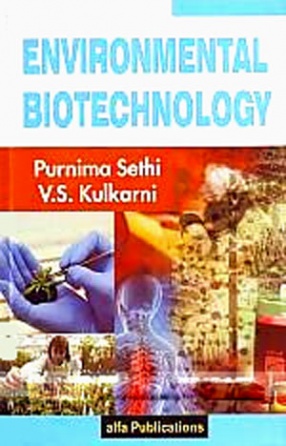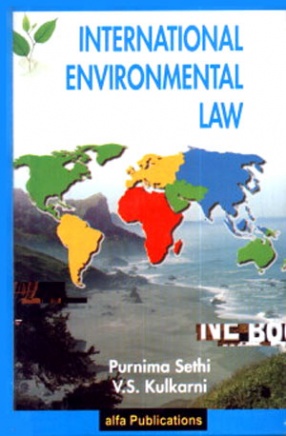
Showing all 9 books













Environmental education is a way of implementing the goals of environmental protection. It is not a separate branch of science or field of study. It should be carried out according to the principles of life long integral education. Environmental education appears to be process that equips human beings with awarness, knowledge, skills attitude and commitment to improve environment.
Environment education is a process of providing learning experiences to obtain, ...


Environmental Laws are the standards that governments establish to manage natural resources and environmental quality. The broad categories of “natural resources” and “environmental quality” include such areas as air and water pollution, forests and wildlife, hazardous waste, agricultural practices, wetlands, and land-use planning. In the United States, some of the more widely known environmental laws are the clean air Act, the Clean Water ...

Nanotechnology the revolutionary science and art of manipulating matter at the atomic or molecular scale that has cut across such disciplines as chemistry physics biology and engineering. Despite a largely unproven track record in the environmental arena, nano technology offers great promise for delivering new and improved environmental technologies. However proliferation of nano technology could also lead to new environmental problems, such as new classes ...


Environmental pollution is contamination of air, water and land from man-made waste. Pollution leads to depletion of the ozone layer, global warming and climate change. Air pollution is the release of chemicals and particles into the atmosphere. Water pollution includes surface runoff, leakage into groundwater, liquid spills, wastewater discharge and littering. If toxins are spilled on the ground or if an underground storage tank leaks, soil can become ...
